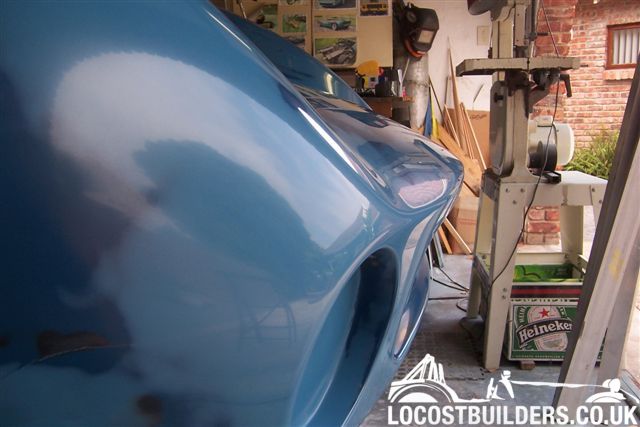Gelcoat is NOT a fancy resin, as resin alone provides little protection and weathering capability.
I finally took the advice, and ordered the Duratec, and much to my displeasure, I must sign for it during delivery, and FedEx will not hold it at the local depot for my pickup due to it being a hazardous chemical. So basically, I must wait for the FexEx delivery (or take vacation to drive 40 minutes one way to pick it up), or it goes back to the vendor. The vendors should place some kind of notification that a business address is prefered, and at least let the purchaser know of the onerous delivery process.
I'm going to experiment a bit and mix a small amount of the Duratec and gelcoat together to see how it sets up, as well as its finishing characteristics.
Thanks for the tips guys. One last mechanical note; I discovered Holley makes a self-learning ecm for the LS1 that appears to work well with ITB set-ups, thus minimizing the computer related mapping and reduces the tuning time. From what I've read thus far, nobody has found any issues, and that it seems to work well, especially if you'll settle for 95% perfect tuning.
Oh, and the
very little visual progress to date. All the work is being done on the underside, hinges, flanges, reinforcement, etc.



